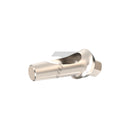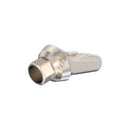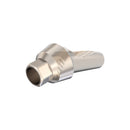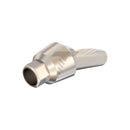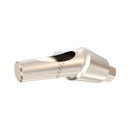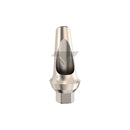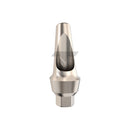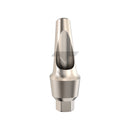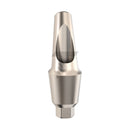What clinical benefits does the 25° angulation of the GDT Implants Anatomic Angulated Abutment offer?
Why is the anatomic shape of the GDT Implants Anatomic Angulated Abutment significant?
What materials are used in the GDT Implants Anatomic Angulated Abutment 25°, and why were they chosen?
Do angulated abutments compromise the strength of the prosthesis?















